
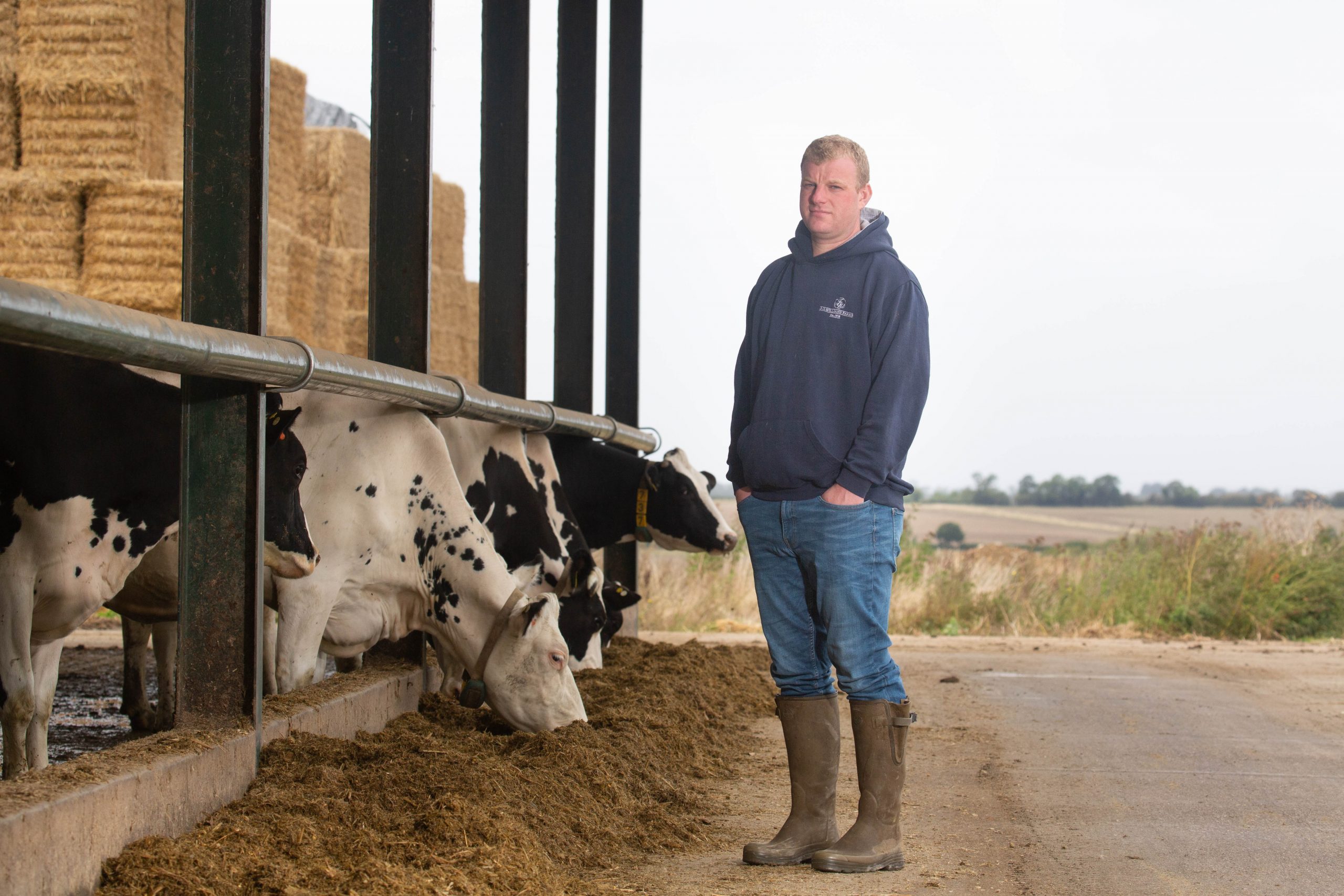
Oliver Williams
Having left school at the age of 16, for a long time Oliver worked on other farms, including dairy units where he discovered a passion. Clearly motivated and keen to progress his own business, some 10 years ago Oliver sat down with his wife Jo and put together a 20 year plan for the future.
He says: “We asked ourselves, why milk other people’s cows when we could milk our own?”
Although Oliver is the first in the family to pursue a career in dairy farming, the family has run Windy Barn Farm since 1918, having originally moved from South Wales, and since this time has mainly farmed beef and arable.
Without the competition from a local livestock keeping community for additional grazing and the area’s supply of straw and close proximity to ports, the farm’s location poses nothing but advantages for dairy production.
Over time Oliver changed his farming strategy to focus on optimising turnover per hectare on the 101 hectare (250 acre) farm. Now milking 350 Holstein cows plus followers, Oliver originally started his farming journey by breeding pedigree Herefords, under the Rosehip prefix, and built up a herd of 100 cows, purchasing foundation stock from some renowned breeding lines, including Clipston, Haven and Dendor.
On changing farming policy, the Herefords were sold and purchased by Karl Oyston, the ex-chairman of Blackpool Football Club who was involved in the breed for a short time. However, the breed still holds a place in both Oliver’s system, and in his heart.
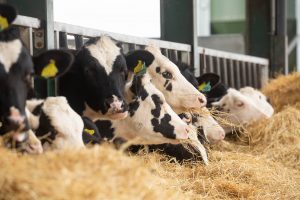
After spending £2 million on putting in the infrastructure for the dairy unit, Oliver and Jo have been milking the Rosehip herd of pedigree Holsteins since 2014 and have consequently expanded their farmed area to 283ha (700ac).
Oliver explains: “It is easier to find land to graze over here than some of the more livestock dense areas of the county, and there is a selection of short and long term cropping agreements available.
“There are also greater margins to be made in this area of the country. We are in a position to take waste commodities, we don’t have problems getting our hands on straw and we can get rid of slurry freely. We also operate with much larger field sizes here, as opposed to some of the more traditional milk producing areas and are nearer ports for feed.”
Still with a love of pedigree Herefords, the use of these sires is at the centre of their dairy operation.
He comments: “I have had a couple of Angus bulls over the last few years, but the Hereford calves do really well for us.”
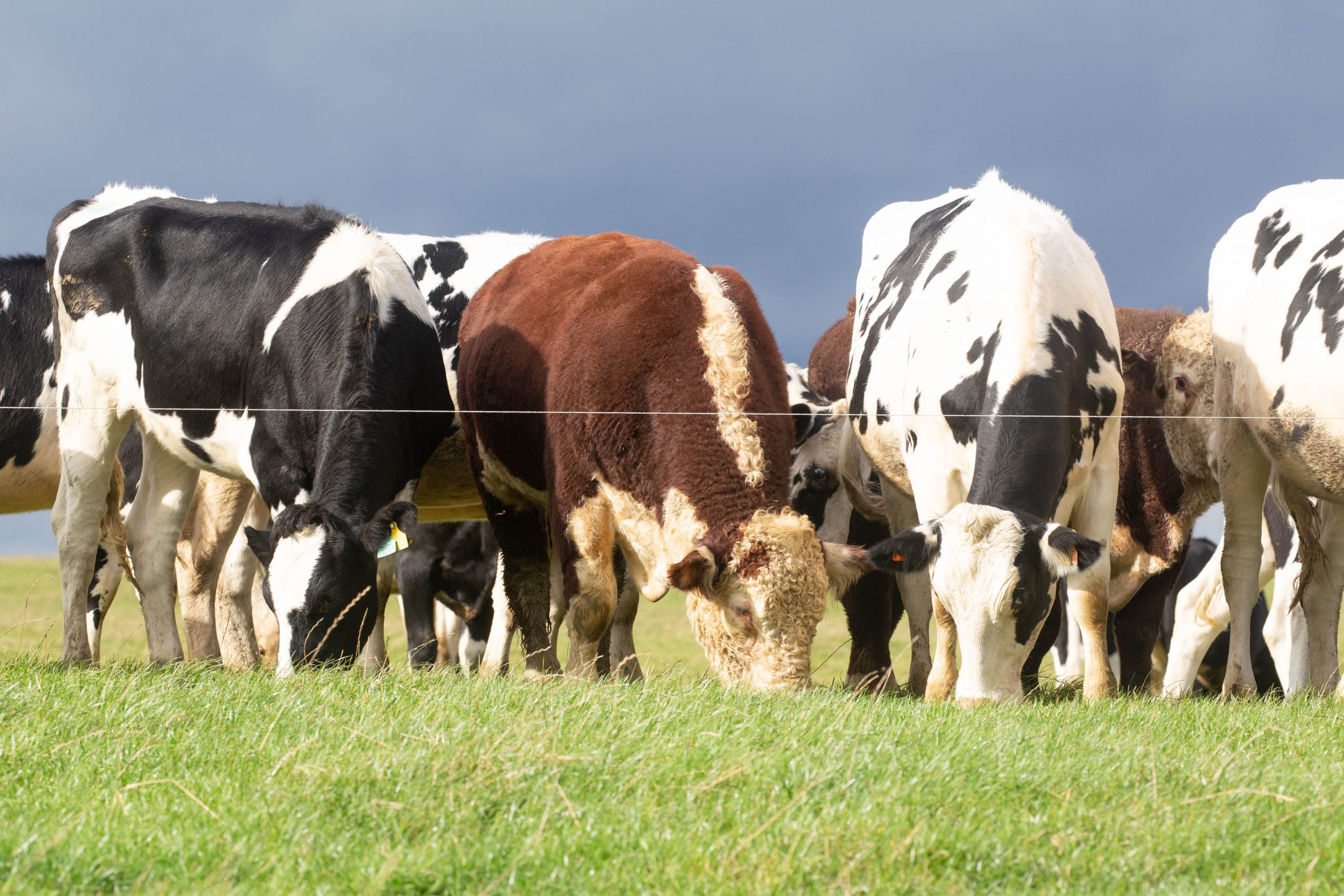
To build up the dairy herd, sexed Holstein semen has been utilised to fast track the growth of the herd and therefore milk supply and 120 pedigree Holstein heifer calves are had every year.
Oliver says: “We had some good years using sexed semen and bred 280 heifers, and now have a total of 600 head of cattle here.”
To accelerate the growth of the dairy herd, cows were imported from Germany as well as 140 from Staffordshire, and 100 from Scotland in 2017. At present, 60 per cent of Holsteins are home-bred and also carry the Rosehip prefix, following in the footsteps of the Herefords. Genomics are utilised and the top 50 to 60 of the year’s heifer crop are put on to a 12 week sexed Holstein semen programme while the remaining half are put to Hereford bulls.
Hereford bulls have been used to mop up, and a local farmer likes to take the Hereford-cross females as suckler cows, due to their motherability and quiet temperament. All Hereford heifers are sold as breeding stock while steers are fattened.
Having known Robert Wilson of Romany Herefords, Kelso for some 15 years, he has built up a trusted relationship and is a repeat purchaser of his bulls.
Oliver says: “I consistently purchase bulls from Robert Wilson in Kelso, and we have created a great and trusted supply in that respect. Over the last 12 weeks, two young bulls have served 70 heifers and are now sweeping up AI heifers. Those bulls will be kept for four or five years.
“When I am selecting a bull, I start by looking at its figures. The first time we had one of Robert’s bulls, we went up to Scotland to make the purchase. Since, I have trusted Robert to send to us what we need for our job here and we have not been disappointed yet. He usually sends videos of what he thinks might suit us here and I do like to have sight of its head size and shoulder width.
“You get what you pay for and I want a good bull to last. They are well looked after here and get their feet trimmed twice per year.”
Oliver says there is a lot of demand for Hereford-cross females and an amount of people have asked if he would consider selling six month females as commercial suckler females.
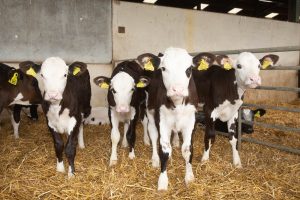
“Having seen how well the Holstein-cross Hereford cow works, we are now also looking to keep some of our Hereford-cross females to build up a suckler herd of 30 to 40 of these females,” he says.
Oliver adds: “We want a bull on the easier side of both calving ease indexes seeing as some of these females are going for suckler systems.”
The milk price was low in 2015 and 2016 but a sustainable level has now been found, and Oliver says he is now working to refine his system in response to that.
He says: “We are working to establish three streams of income to future proof our business in the form of milk, arable cropping and beef, of which Hereford sires are a big part. Now we have built the milking herd up, we want to go totally Hereford over everything.”
There are four dairy farms left in Cambridgeshire, and Oliver says they need to run a system which competes commercially focusing on maximising output per hectare on the back of a low input.
He says: “A 300 to 400 head dairy herd in cash terms is 3,000-4,000 acres of arable ground. We don’t use in-parlour feeders, and no cake is fed. With a fairly local mill, rape is fed as a straight with grass silage in the TMR. We want to get as much production from the cows as we can from as little as possible.”
In June and July, the heifers go out to graze while milking cows are in all the time. Four cuts of silage are taken.
Oliver says: “When silaging, I like to leave a long stubble length to generate re-growth. That suits our system and our farm. We can farm grass in this area of the country and we can push it, but it doesn’t grow well enough to rotationally graze.
“The Hereford does well around here on this dry ground and have great growth rates. A lot of people put Herefords down due to some connotations of the past, but the modern breed will compete with anything. A good Hereford bull’s progeny will equal that of a continental.”
Calving inside from May to October, and with a calving interval of 390 days, heifers calve at 24 months old. Making use of World Wide Sires’ Cow Manager programme, Oliver can keep on eye on the herd, both in terms of heats and health problems via activity monitoring from his phone.
He says: “We let cows calve wherever. The cow and calf are then penned up, and the cow is given a fresh cow drink, while the calf receives eight litres of colostrum over two feeds. From there they go to fresh cows’ milk, taken from a group of freshly calved cows. If calves don’t want to suck, they are tubed.”
The herd is quarterly tested for IBR, leptospirosis, Johne’s and BVD. The herd’s location also means they are on four yearly TB testing. They are a closed herd, with the added advantage of being three miles from their nearest cattle keeping neighbour.
Milking through a 30:30 Westfalia herringbone parlour, the parlour and other infrastructure was installed in 2014. Cows are averaging 10,100 litres per year at 4.2 per cent fat and 3.45 per cent protein.
An Arla farmer and owner, Oliver is also on a subsidiary contract with Tesco, meaning they get an extra 1.1p on top of their standard milk price, with the requirement of data input. In a bid to become more environmentally sustainable and future-proof, soya is no longer fed, which also earns more points on the retailer contract.
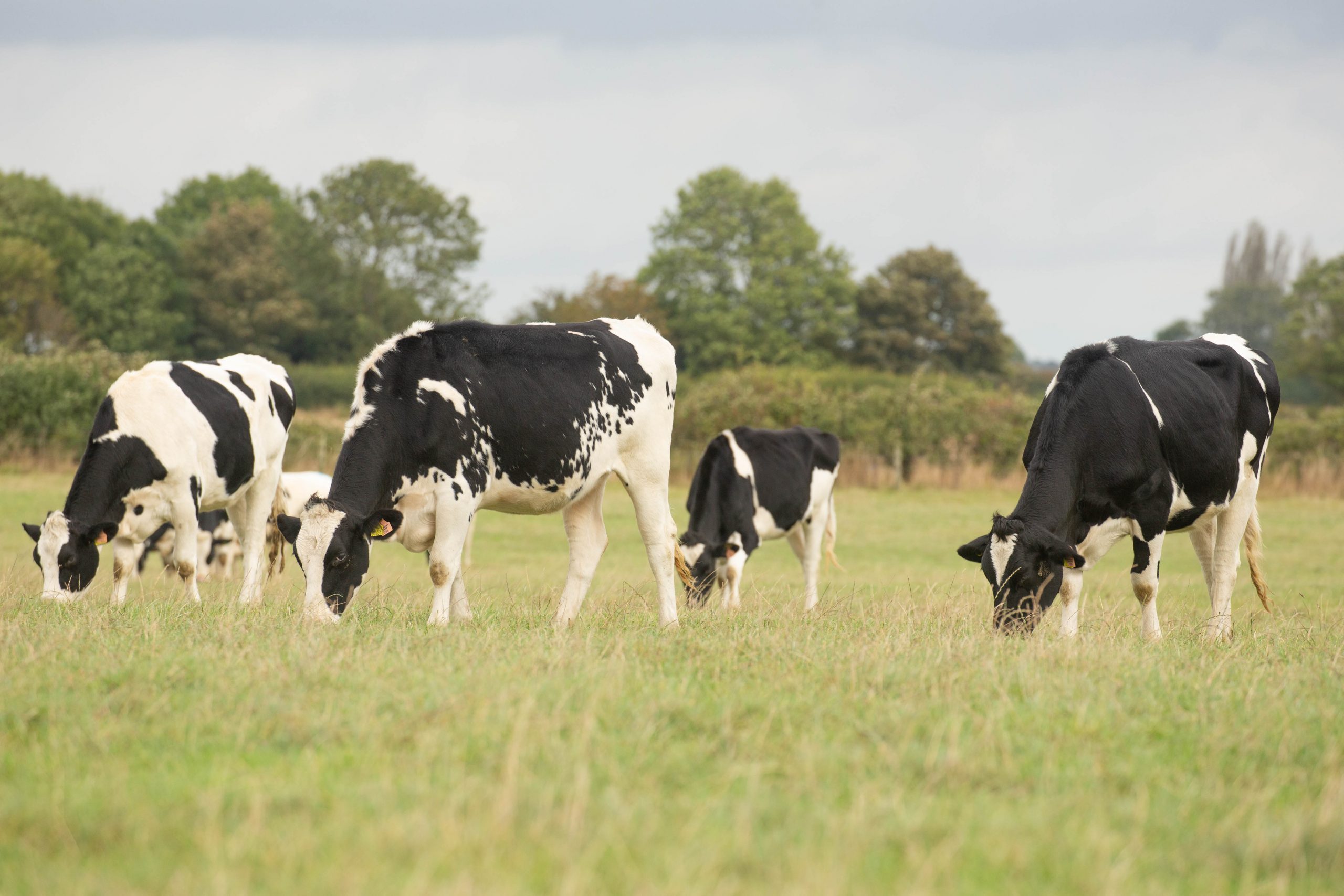
Quarterly scoring is carried out, covering mobility, cow cleanliness, antibiotic usage, mastitis and carbon.
Oliver explains he is now looking to stabilise his business’ position by increasing the number of lactations per cow while also concentrating on breeding from the top end of the herd.
Looking to the future, Oliver believes many farmers who are trying to minimise costs in the form of purchased feeds are starting to see the growth and fast finishing attributes of the Hereford.
Commerciality is at the core of everything Oliver does being very cost conscious and business orientated.
Oliver comments: “I don’t think farming is some sort of divine right. I am in a commercial industry and like any sector, if there is not enough money left at the end of the day, you shouldn’t carry on.”
Farm facts
- 283 hectares (700 acres) farm of which 101ha (250ac) is owned
- 81ha (200ac) winter wheat
- 81ha (200ac) rye grass leys
- 202ha (500ac) maize
- 350 Holstein cows plus followers
- 600 head of cattle
- Three full time employees